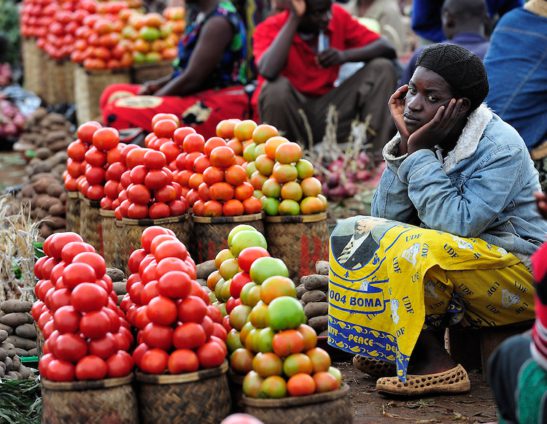Ghana’s Food Insecurity Climbs by 5.77% Amid Economic Struggles

- Ghana has experienced a dramatic 5.77% rise in food insecurity
- The underlying causes of this food crisis are the economic challenges facing Ghana
- Ghana is now considered one of the regions facing the most critical food shortages
The July 2024 Food Security Monitor report highlights a significant rise in food insecurity across Ghana, with insufficient food consumption (IFC) increasing by 5.77%.
This surge is primarily attributed to the ongoing cost-of-living crisis, driven by persistently high inflation, a depreciating currency, and escalating fuel prices.
These economic pressures have notably increased the cost of essential goods, including staple foods such as maize and rice.
This development aligns with earlier forecasts from the World Food Programme (WFP), which projected in their February 2024 report that around 1.05 million Ghanaians would face food insecurity between June and August 2024.
Additional factors contributing to this crisis include climate change, low agricultural prices, inadequate infrastructure, and limited educational access, further exacerbated by Ghana’s dependence on global markets, particularly for imported rice.
While the rate of IFC remained stable in many countries from June to July, Ghana, Nigeria, and Uganda experienced increases of 5.77%, 3.98%, and 7.5% respectively. Conversely, Zimbabwe saw a 5.45% decrease.
Year-over-year data shows most countries experiencing a rise in IFC, with exceptions including Mozambique, Rwanda, South Sudan, Uganda, and Zambia, where current levels are lower compared to the previous year.
The report also identifies several nations as severe food insecurity hotspots, with more than half of their populations facing IFC, including Burkina Faso (56.6%), Mali (69.1%), Niger (82.6%), and Nigeria (51.5%).






